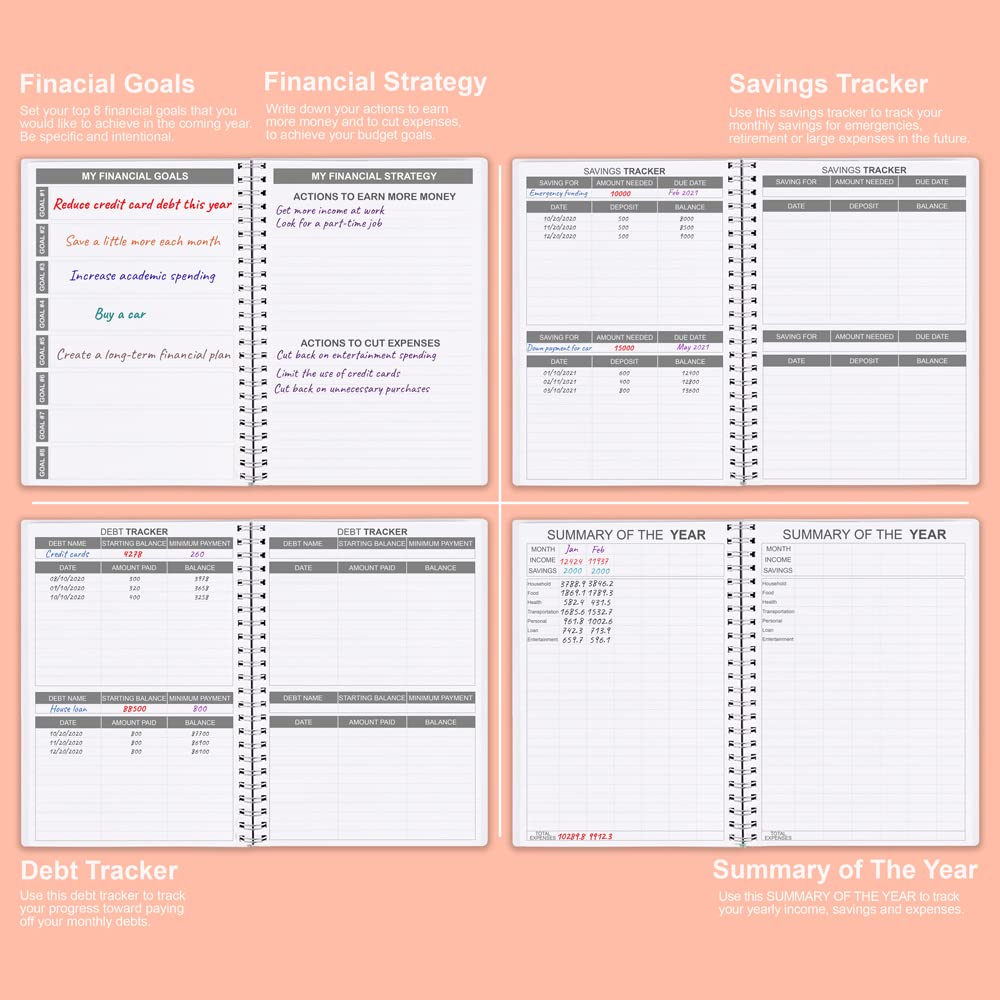Understanding the difference between fixed and variable expenses is essential for building a functional, stress-free budget. Once you know what you’re spending and where, you gain the power to adjust, save more, and reach your financial goals faster.
In this article, we’ll break down what fixed and variable expenses are, how to track them, and practical tips to manage both effectively.
What Are Fixed Expenses?
Fixed expenses are regular, recurring costs that stay the same each month. These are your “non-negotiables” and typically don’t change much unless you move, refinance, or change plans.
Examples of Fixed Expenses:
- Rent or mortgage payments
- Car loan payments
- Student loan payments
- Insurance premiums
- Subscription services (Netflix, gym)
- Property taxes (if paid monthly)
Fixed expenses are predictable and help you calculate your base monthly costs.
What Are Variable Expenses?
Variable expenses change from month to month depending on your habits, lifestyle, or circumstances. You have control over many of these costs.
Examples of Variable Expenses:
- Groceries
- Gas/fuel
- Dining out
- Shopping
- Entertainment
- Personal care (salon, cosmetics)
- Travel or vacations
These are where you have the most flexibility—and the most opportunity to save.
Why Knowing the Difference Matters
- Helps you build an accurate, realistic budget
- Lets you identify where you can cut back during tough months
- Reveals how much money you have left for saving or investing
- Makes it easier to create spending goals and savings plans
How to Track Fixed and Variable Expenses
1. Review Your Bank and Card Statements
Look at the last 1–3 months of transactions. Categorize each line item as fixed or variable.
2. Use Budgeting Apps
Tools like YNAB, Mint, or Goodbudget can track and label spending automatically.
3. Create a Budget Template
Use a simple spreadsheet to list fixed expenses in one column and variable expenses in another. Total each one.
Tips to Manage Fixed Expenses
- Negotiate bills (like internet or insurance) annually
- Refinance loans to lower monthly payments
- Bundle subscriptions to reduce costs
- Eliminate unused services or switch to cheaper plans
While fixed expenses are less flexible, they can still be optimized.
Tips to Manage Variable Expenses
- Set spending limits by category (groceries, eating out, etc.)
- Use the envelope method or prepaid cards to control spending
- Plan your meals to avoid food waste
- Track your spending daily or weekly
- Delay purchases by 24 hours to reduce impulse buying
Variable expenses are where you gain control and discipline.
Final Thoughts: Awareness Is the First Step to Control
Fixed and variable expenses are the backbone of any budget. When you learn to track and manage them, you move from guessing where your money went to deciding where it will go.
Start simple: organize your expenses, find areas to adjust, and take back control of your financial life—one choice at a time.
